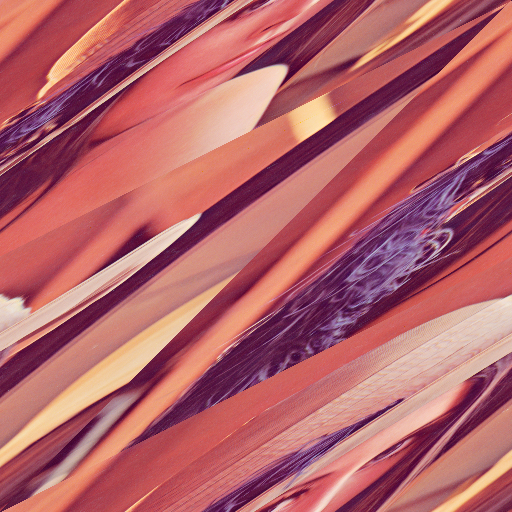It is bijective, that means reversible: It is a linear transformation underwith the matrix
[[2,1],[1,1]]. Since it has determinant1and and it has only integer entries, the inverse also has only integer entries and is given by[[1,-1],[-1,2]], this means it is also bijective on integer coordinates.It is a torsion element of the group of bijective maps of
N x Nimages, that means if you apply it sufficiently many times, you will get the original image back:f(f(...f(x)...)) = xThe amount of times the map applied to itself results in the identity is guaranteed to be less or equal to3*N. In the following you can see the image of a cat after a given number of iterated applications of Arnold's cat map, and an animation of what a repeated application looks like:
As image (bottom left is (0,0)):


